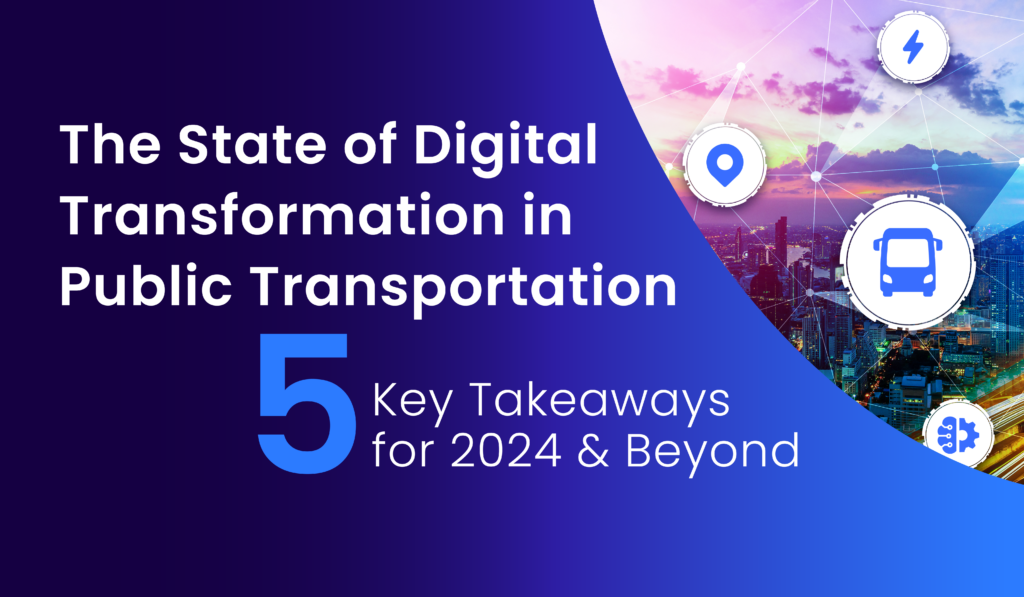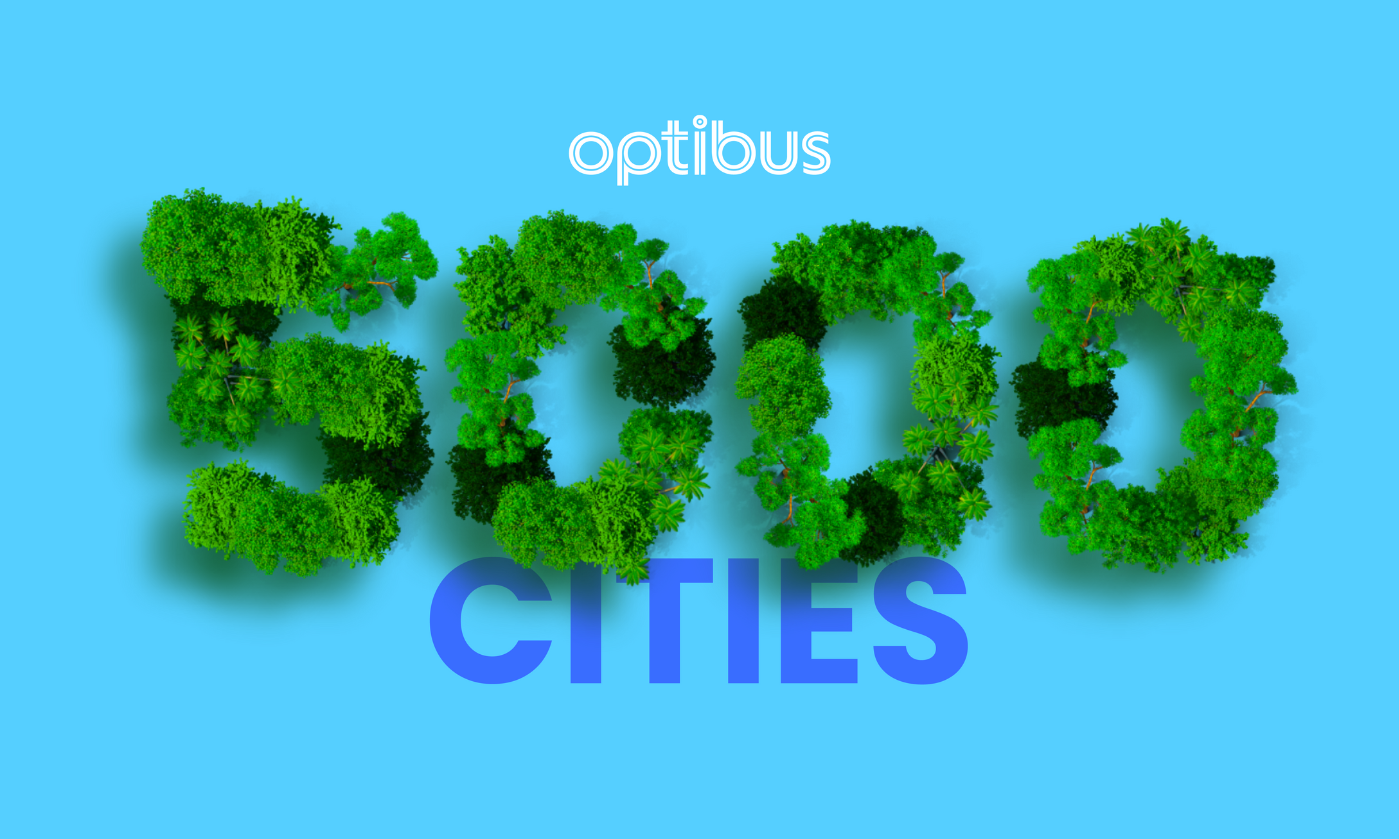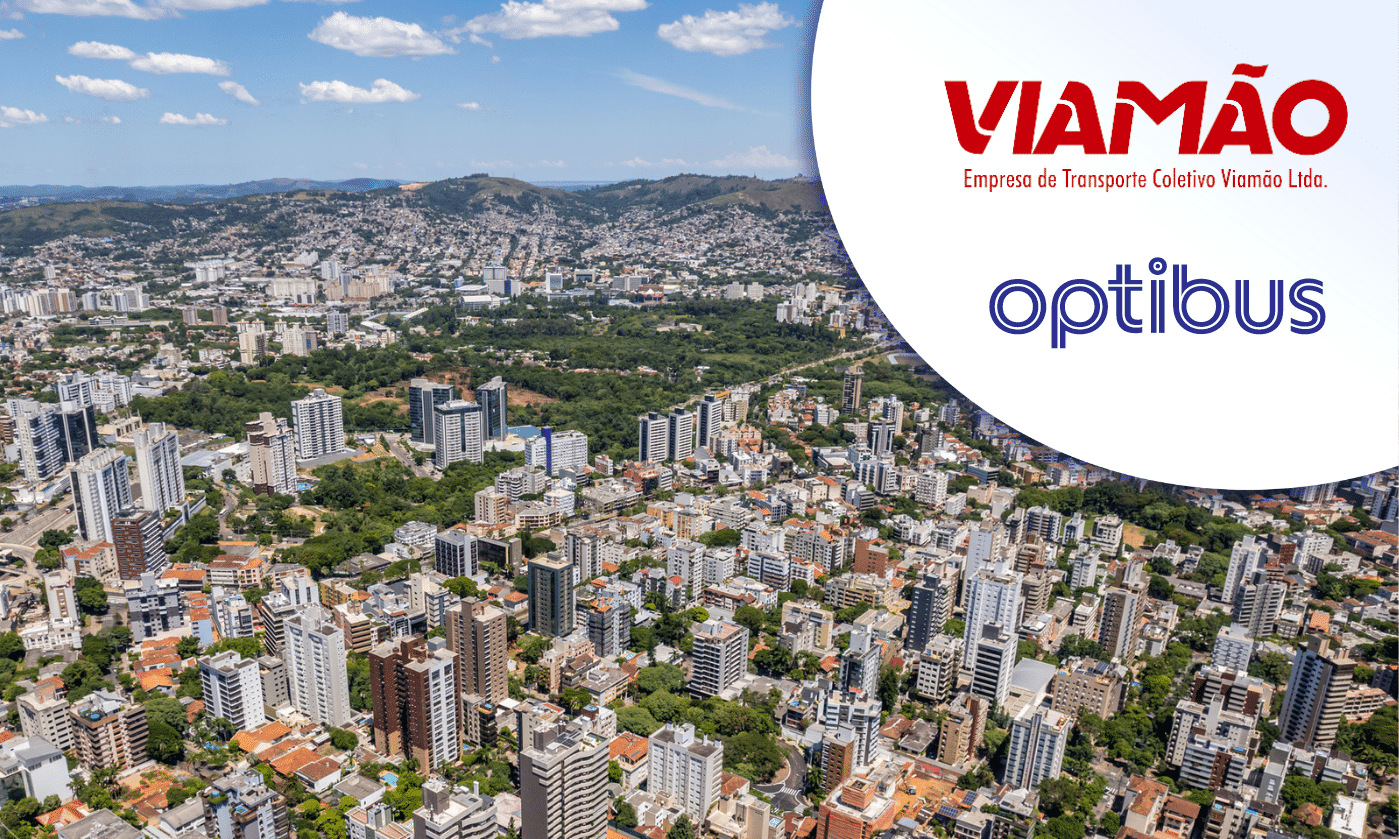Mass Transportation is a challenge worthy of AI
Let’s think of London: each and every day, millions of people move around the city, commuting, going to school, work, tourist attractions and more. How do you take a large city and optimize all the transportation in the city? How many vehicles do you need, where should they stop, which routes should they go?
This problem lies at the heart of public transportation planning and scheduling: How do you optimize transportation, orchestrating the movements of vehicles and people in the most efficient way?
You would assume there is some super computer that can take all the data in the city and optimize all the transportation, yet this isn’t the case. Even today, many core operational decisions in transit systems are made using pen and paper, or software-based solutions. In any case, either solution requires humans that are public transit experts.
So what exactly is artificial intelligence?
Before we talk about how public transportation will use artificial intelligence in the future, let’s take a closer look at its definition. So what exactly is artificial intelligence? Here’s one definition: “The theory and development of computer systems able to perform tasks that normally require human intelligence, such as visual perception, speech recognition, decision-making and translation between languages”
Another way to put it is that AI is really all the things we could not imagine computers doing 5 years ago. The technology breakthroughs behind AI are bringing computers to do tasks that require human intelligence, and couldn’t be solved by computers before.
Are we talking about Autonomous Vehicles?
In the mobility world, most eyes are set on autonomous vehicles as the primary application of AI in transportation. Autonomous cars use AI to “see” the road and make decisions on driving, amassing enough intelligence (hopefully!) to replace a human driver. This type of vision-related artificial intelligence is called deep learning, and requires much “training”.
One myth related to AVs is that they will make mass transit obsolete, since somehow we will have less people on the road, because people will be using shared AVs and ride hailing them. So, do AVs mean that robotaxis will transport us everywhere and we won’t have any mobility issues any more, because we’ve programmed drivers out of the equation? The answer is no. The problem will be congestion. Fascinating research shows that when people have chauffers at their disposal, they actually increase vehicle miles, by as much as 83%. If this is what the future brings through AI and AVs, we may be in trouble.
That’s why we still need mass transit, since it alone can move people around efficiently given the real constraint, which isn’t human intelligence or AI. It is the limited amount of land available for transportation in our cities. So we still need to have better planned mass transit for the future to work.
AI for better public transportation
In the transportation world, AI isn’t just about AVs. It should also be about planning a better transportation network with advanced technology. To feed the AI beast we need data, and there is a lot of data that can be used to help transit systems operate most effectively. Data about people’s movement, underlying demand, and the different patterns of this demand. We also have traffic data, both historical and real time, as well as data about how buses move around.
This data can be used by AI to predict demand, traffic and more, and together with advanced algorithms this can result in better planning – creating routes that better match both demand and supply.
For instance, today, at Optibus, we use historical performance data to suggest better schedules that will both match cost criteria and improve on-time performance. We do this automatically, using AI. This takes data from movement of vehicles in the city, and apply AI to learn from that data and predict the likelihood of on time performance of each trip, based on many different parameters such as time of day, vehicle type, and even the driver. We then take these AI predictions and embed them into the optimization engine, so that we have automatic suggestions new schedules with better on time performance.
Up next - real time control
Now that we have an AI system that can plan transportation in a data-driven way, why don’t we use the same technology to operate these plans in real-time?
Today, planning and real-time dispatching and operations are two entirely different worlds. They are even carried out by different teams – planners on the one side, and dispatchers on the other side. Planners focus on creating a plan that will match demand, will be the most efficient in terms of costs and feasibility. Dispatchers are focused on solving issues in real time. They don’t have time to find the most optimal solution, because they need to solve problems quickly so that there will be a minimal impact on passengers.
But you know who can already check billions of options based on real time data and then make smart decisions? Computers using AI. We can use the same technology to:
- Get real-time data about vehicle movement and demand.
- Predict issues in real-time, such as delays, OTP, high demand, etc.
- Evaluate all different options, under the regular constraints, and suggest in real-time the best solution
The future - Orchestration
This is the future of artificial intelligence in mass transportation: moving from the management of mass transportation to the orchestration of all modes of transport in a city, perhaps based on incentives or policies that optimize individual needs and the city’s needs too. This is required to avoid the inefficiencies created by letting some mobility modes overtaking others, and also to make the best use of the many different data sources about how people move in the city and where they want to go. Taking this data and offering choices that are best for all residents is the way of the future.

.png)





-2.png)